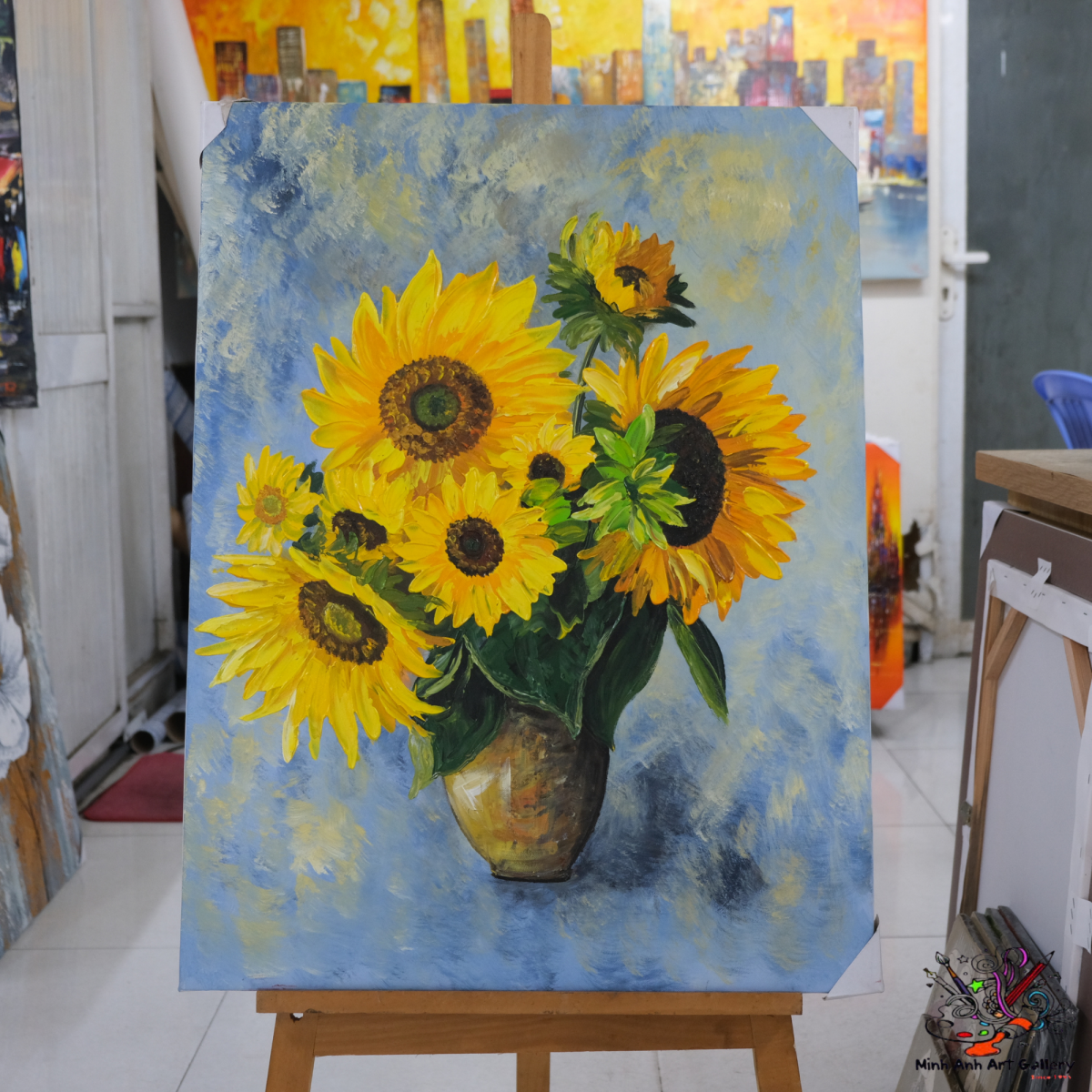Have you ever looked at a breathtaking piece of art and wondered—not about the strokes or colors—but about its carbon footprint?
In a world increasingly aware of climate change and sustainability, the art world is evolving. More collectors are leaning into the concept of building an eco-conscious modern art collection, where passion meets responsibility.

Let’s dive into how you can build a collection that not only speaks to the soul but also nurtures the planet.
Being eco-conscious in the art world isn’t just about buying green products. It’s about making informed, ethical decisions—whether you're purchasing, displaying, or maintaining artwork. This means considering the entire lifecycle of the piece, from materials to shipping, and even future disposal.
Why should we care? Because every painting, sculpture, or installation carries an environmental footprint. By choosing mindfully, collectors can reduce emissions, conserve resources, and influence the industry towards greener practices.
Before jumping into a collection, ask yourself: What does sustainability mean to you? Is it about zero-waste art? Locally sourced materials? Low-impact shipping? The clearer your vision, the more aligned your purchases will be.
Get familiar with terms like “non-toxic pigment,” “upcycled,” and “organic canvas.” Understand what makes an artist or art collection gallery truly sustainable—not just greenwashed.
Eco-art can come with a higher upfront cost, but the long-term value—both environmental and artistic—is priceless. Factor in quality, longevity, and ethical sourcing when planning your art investments.
Start by exploring private art galleries and local shows. Supporting artists in your community reduces shipping emissions and encourages regional creativity. Plus, it’s a fantastic way to discover unique pieces.
Recycled doesn’t mean rustic. Many artists today are creating stunning works from salvaged wood, metals, and plastics. This not only reduces waste but transforms it into beauty.
When possible, choose works on bamboo paper, hemp canvas, or using natural dyes. Ask artists about their sourcing. The more you inquire, the more the industry will feel pressure to adapt.

Some art collection galleries now operate in green-certified buildings, use LED lighting, and feature solar energy. Choosing to purchase from these spaces amplifies your impact.
Keep an eye out for art gallery exhibitions centered on climate, sustainability, or green innovation. These shows often spotlight creators committed to making a difference.
Online platforms reduce the need for travel but come with their own carbon footprint—like energy-intensive servers and packaging. Stick to eco-conscious digital art collection online platforms and choose digital downloads or carbon-neutral shipping when possible.
Swap out halogen bulbs for LEDs and consider timers or sensors to save energy. Natural lighting, when used right, can illuminate art beautifully without environmental cost.
Choose frames made from reclaimed wood or sustainable bamboo. Avoid PVCs or plastic-heavy designs. Even the way you mount pieces can minimize wall damage and maximize longevity.
Climate control protects art—but it can be energy-intensive. Opt for passive solutions when possible, or invest in efficient tech that balances preservation with eco-awareness.
Many private art galleries are stepping up with green policies, ethical sourcing, and eco-exhibitions. Work with galleries that align with your environmental values.
Today’s contemporary art galleries often blend modern expression with social causes. Seek those committed to sustainability—not just in the art but in operations, packaging, and education.
Instead of keeping your art hidden, participate in art gallery collection tour programs. It spreads environmental awareness and helps others see the beauty in eco-conscious collecting.
When you share your pieces with museums that highlight sustainable art, you contribute to a broader movement and give the pieces larger purpose.
Talk about your journey. Blog, speak, or network within art circles. Let’s turn whispers into a movement.
From MoMA’s green exhibits to Tate’s sustainability pledge, major institutions are making waves. They’re investing in renewable energy, eco-curation, and green-themed exhibitions.
These pioneers show us that prestige and planet can go hand-in-hand. Their steps can inspire both seasoned and new collectors.
Art reflects who we are. A modern art collection that honors nature doesn’t just decorate a space—it tells a story of care, commitment, and consciousness. The choices we make today will ripple into tomorrow’s culture and climate.

To wrap things up, building an eco-conscious fine art collection isn’t a trend—it’s a testament to your values. It’s where aesthetics meet ethics. When you collect with care, you inspire a greener future—one brushstroke at a time.
1. Can eco-conscious art still be valuable and collectible?
Absolutely. Many sustainable artworks are not only aesthetically impressive but are increasing in demand due to their unique materials and message.
2. How can I verify if a gallery is eco-friendly?
Check their website for sustainability statements or certifications. Don't hesitate to ask about their sourcing and operations.
3. What materials should I avoid when collecting sustainably?
Avoid plastics, toxic dyes, PVC frames, and synthetic canvases. Choose natural, organic, and recyclable materials instead.
4. Does buying art digitally help the environment?
Yes, especially if you choose carbon-neutral shipping or digital files. Just be aware of digital energy consumption and choose platforms wisely.
5. Are there artists who specialize in sustainable creations?
Definitely! Many artists today create only with recycled or ethical materials. Look into green art directories or ask eco-focused galleries.
Message
Minh Anh Art Gallery – Your destination for timeless beauty and eco-conscious art.
101 Bui Vien St, District 1, Ho Chi Minh City, Viet Nam
(+84) 962 720 484
minhanhart.vn@gmail.com
https://minhanhart.vn/